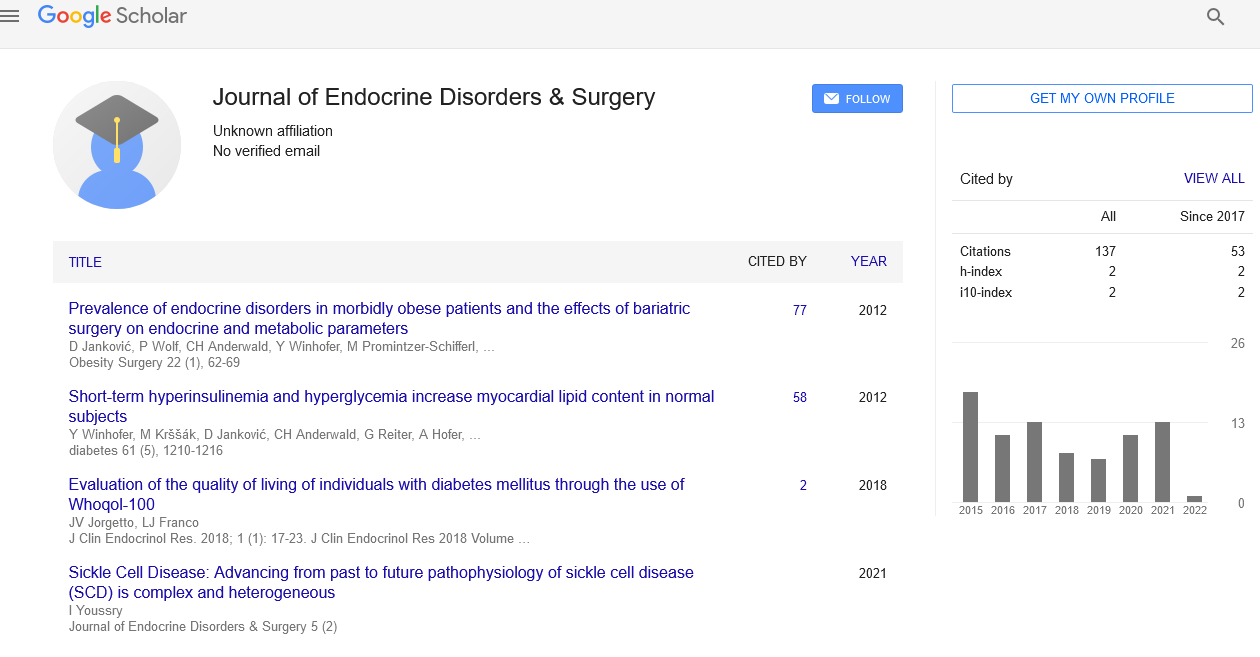
Sign up for email alert when new content gets added: Sign up
Abstract
Sickle Cell Disease: Advancing from past to future
Author(s): Ilham YoussryBackground and Purpose: The pathophysiology of sickle cell disease (SCD) is complex and heterogeneous. Since described by Dr. James B. Herrick in 1910, there have been improvements in the understanding of the cellular dysfunctions that occur due to hemoglobin polymerization and that lead to multi-organ damage in this disease. Novel therapies are a result of such understanding of the pathophysiology of SCD. Methods: we conducted a PubMed search for articles published up to June 15, 2019, using the search terms “sickle cell disease,â€Â “curative therapies,â€Â “anti-oxidant,â€Â “anti-adhesive agent,â€Â “anti-inflammatory,â€Â “anticoagulant,â€Â “novel anti-sickling agents and HbF inducers,â€Â “delay production of oxyHb.â€Â Studies cited include case series, retrospective studies, prospective clinical trials, meta-analyses, online abstracts, and original reviews. Results: The only approved long-life supportive therapy for SCD is the use of prophylactic penicillin, hydroxyurea, blood transfusion to decrease strokes and L-glutamine. However, HLA matched bone marrow transplantation is the only approved curative therapy for selected patients. The approved therapies for SCD over the last decades have improved life expectancies but have not solved many of the disease’s morbidities. Thus, many clinical trials are currently being conducted for testing novel multimodality agents that target different contributing pathophysiologic processes such as: agents that target the DNA mutation defects (curative therapies), hemoglobin polymerization (anti-sickling agents) and many other targeted therapies that counter-act cellular adhesion, inflammation, oxidant injury and platelets and/or coagulation. Conclusion: Deeper insights into the pathophysiology of SCD have led to the development of novel agents that target different contributing pathophysiologic processes.




